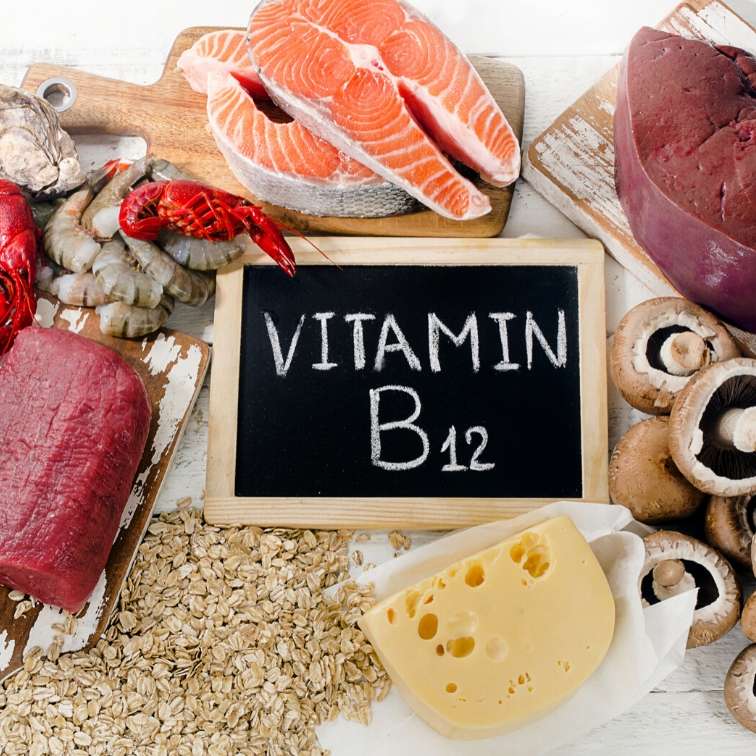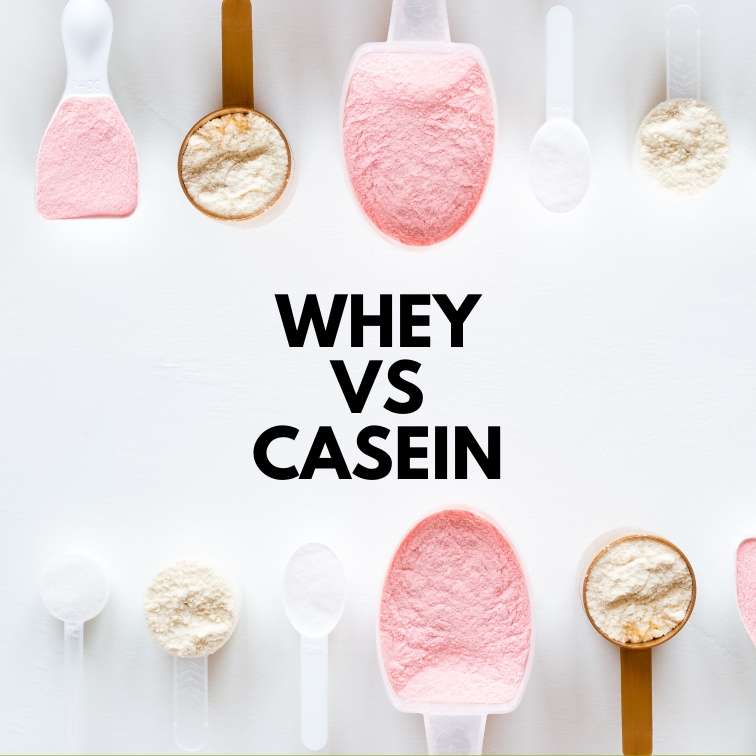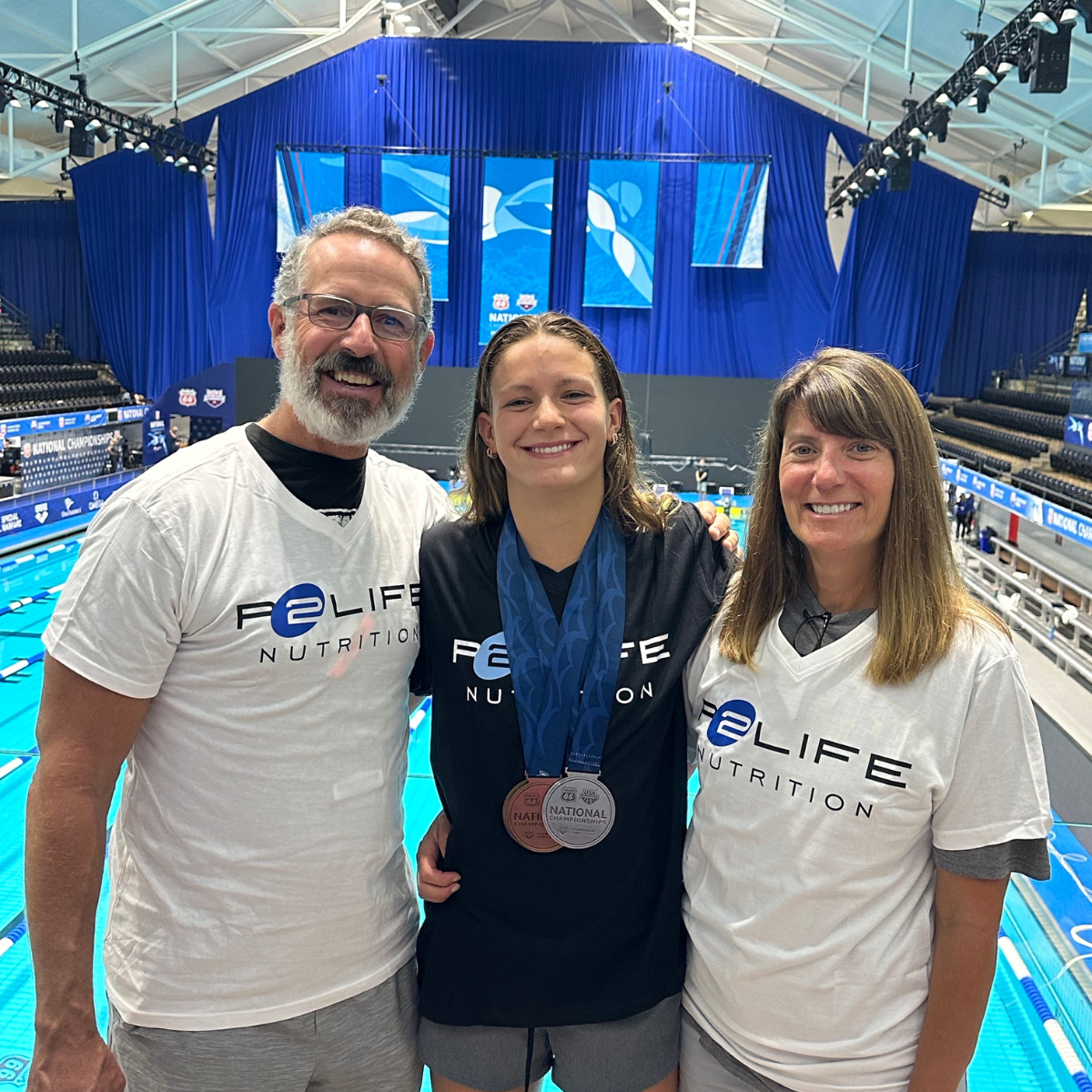
Ingredients To Watch Out For In Protein Shakes For Swimmers
Because swimming is a full-body workout, it's important to help keep all your muscles strong and well-nourished. One of the easiest ways to do this is by drinking a protein shake after a swim. Drinking a protein drink after a swim workout ensures your body has a good amount of protein every day so it doesn't lose muscle mass or vital nutrients.
While this is an effective way to help repair and rebuild tired muscles, shakes for swimmers cannot make up for a poor diet. Including other sources of protein such as lean meats, low-fat dairy, and nuts in combination with a high-quality protein powder will meet your daily protein needs as part of a balanced training meal plan. Pay attention to what's in your drink for your best performance!

Way too much Whey
Most protein powders include whey protein. Whey protein is a natural, high-quality protein from cow's milk that has the essential amino acids your body doesn't produce on its own. It also has the highest content of cysteine, which helps in the biosynthesis of glutathione, the amino acid that is the most responsible for repairing protein synthesis, amino acid transport, and enzyme activation - all important for optimal muscle recovery.
So while consuming whey protein powder after swimming can help rebuild muscles, it isn't the only kind of protein you should have in your protein shakes. Too much whey can cause swimmers to bulk up, which is definitely not what you want to have happen if you are competing at elite levels. Your body also needs casein protein to balance the effects of whey protein. Since casein has a slower rate of digestion, it slowly releases these amino acids and aids in muscle repair over a longer period of time. This is important for swimmers who are trying to stay strong and lean.
Filling up on fillers
You'd be surprised at all of the extra ingredients that are added to jars of protein powder in order to make a profit. Read your nutrition label and make sure you are getting enough protein, vitamins and minerals. The lower the percentage of protein, vitamins and minerals that is in the powder, the higher the chance there are more fillers and less useful ingredients in the powder. In July 2010, Consumer Reports magazine analyzed 15 different protein drinks and shakes, and found that every drink in the test was contaminated by arsenic, cadmium, lead or mercury. You definitely don't want to be ingesting those toxic heavy metals!
Quality not quantity
Consider the source - not all protein is created equal and you get what you pay for! The food source that the protein comes from also makes a difference. It's recommended to use animal protein sources since they have a better amino acid profile. Amino acids are the building blocks of protein and the quantities of these types of amino acids in animal proteins are more favorable than from plant sources.
There are non-animal sources of protein, although less effective, which you might consider if your body cannot tolerate whey and casein because of lactose allergies. Try powders that derive their protein from plants like rice, pea, and quinoa.
Artificial flavorings
Many protein powders are just cheap, flavored whey, so be careful you're not buying something that has some protein but is mostly filler. You may also want to check the label for added sugar as this can add calories, which swimmers generally need to keep an eye on so as not to add extra weight. It's worth noting that if the shake has a milk base some sugars may come from the milk, however, some brands will heap in extra sugar to improve the taste, so ideally you want to check the label and make sure you're happy with the contents.
Banned substances
Last but definitely not least, pay attention to what's in your shake since any banned substances can derail your performance, a scholarship, or an award. Always consult with your school nutritionist, coach, or other healthcare professional if you're in doubt. Or check out websites like Banned Substances Control Group, Informed Choice, and NSF are all organizations that certify products and brands and test them for banned substances.
As always, protein shakes should not replace every meal. They should be used throughout the day for recovery after a workout, before bedtime to facilitate muscle repair, and as a healthy snack. The whole foods in your balanced diet will contain naturally occurring fiber, antioxidants, phytochemicals and other protective substances that can’t be reproduced with a diet of only protein shakes. To learn more about planning a well-rounded nutrition plan, take a look at our blog for more nutrition articles for swimmers.
protein shakes should not replace every meal. They should be used throughout the day for recovery after a workout, before bedtime to facilitate muscle repair, and as a healthy snack. The whole foods in your balanced diet will contain naturally occurring fiber, antioxidants, phytochemicals and other protective substances that can’t be reproduced with a diet of only protein shakes. To learn more about planning a well-rounded nutrition plan, take a look at our blog for more nutrition articles for swimmers.
Sources:
www.swimming.org
https://www.teamunify.com/ vsnva/__doc__/Fueling% 20Swimmers.pdf
www.livestrong.com
http://healthyeating.sfgate.com/ disadvantages-protein-shakes- 7305.html










Leave a comment
This site is protected by hCaptcha and the hCaptcha Privacy Policy and Terms of Service apply.